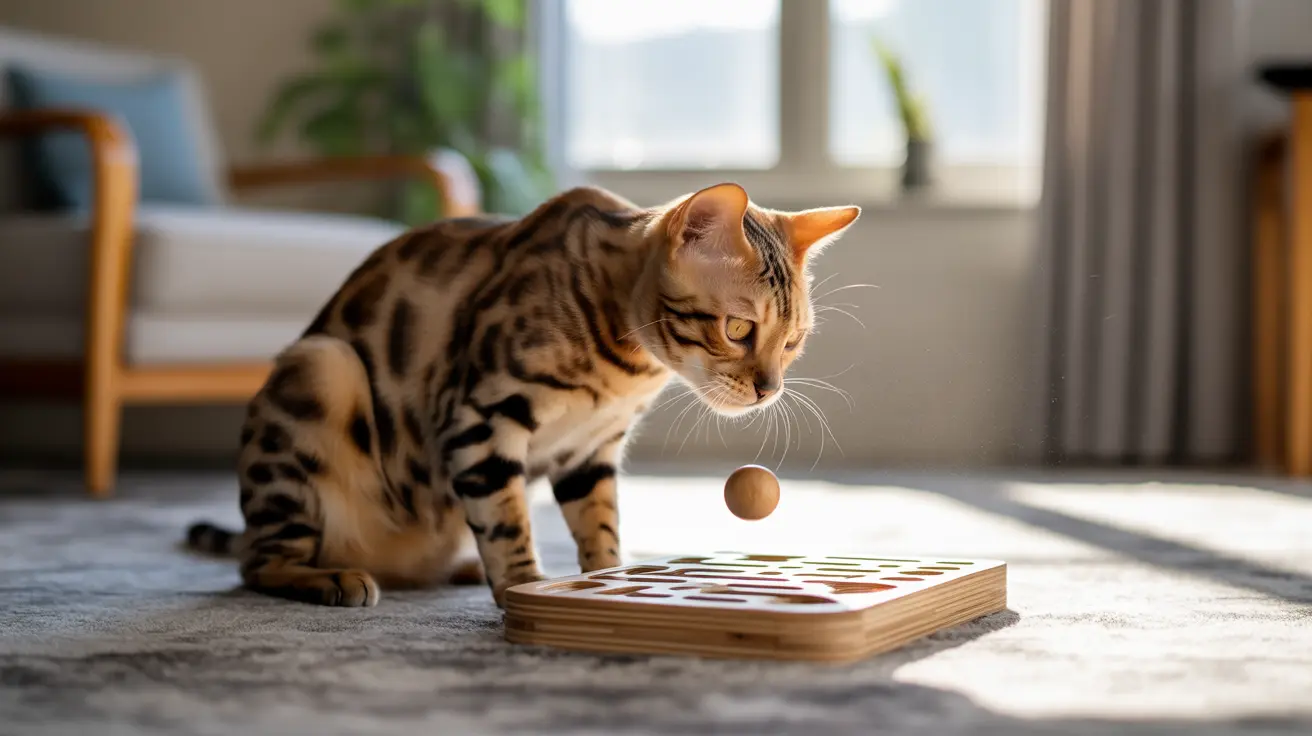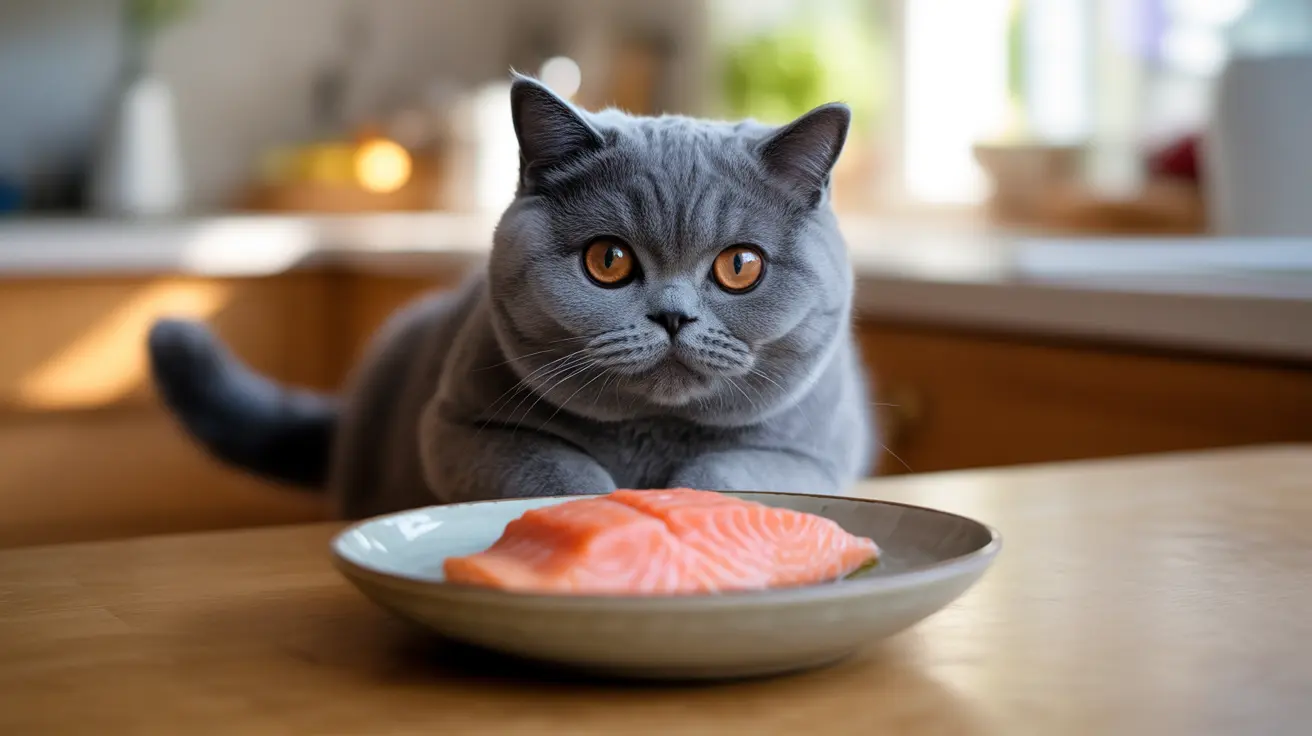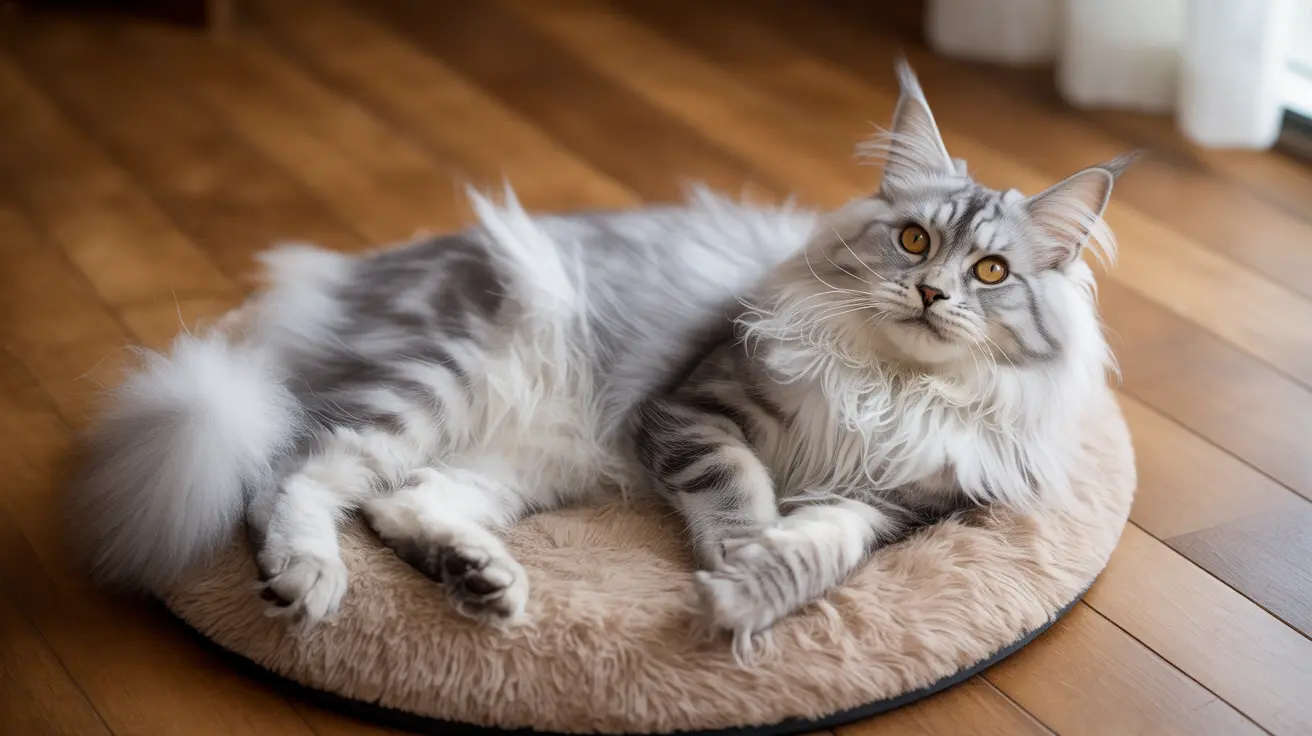Best Products and Remedies to Stop Dogs from Licking Their Paws
Dogs frequently lick their paws as a form of grooming, but when it becomes persistent or obsessive, it often signals an underlying issue. To effectively address this behavior, it's important to first identify the root cause—ranging from medical issues like allergies or infections to behavioral concerns such as anxiety or boredom. Once determined, pet owners can select the most suitable product or treatment to stop the licking.
Common Causes of Paw Licking
- Injuries: Puncture wounds, burns, or splinters can cause discomfort, prompting dogs to lick their paws.
- Allergies: Reactions to food, pollen, chemicals, or materials can result in itchy and inflamed paws.
- Infections: Bacterial or yeast infections, especially between the toes, are a common trigger for licking.
- Parasites: Fleas, mites, and hookworms can irritate the skin, causing discomfort and licking.
- Dryness: Dry or cracked paw pads from over-bathing or cold weather often lead dogs to lick as a soothing mechanism.
- Behavioral Issues: Anxiety, stress, or boredom may result in self-soothing through licking behaviors.
- Growths or Pain: Cysts, tumors, arthritis, or pain in other body parts can lead to local paw licking.
Best Products to Stop Paw Licking
1. Bitter-Tasting Deterrent Sprays: Bitter sprays like Bitter Apple or citrus-based deterrents can discourage licking due to their unpleasant taste. Apply only once medical causes are ruled out.
2. Paw Balms and Moisturizers: Products like paw balm or natural coconut oil can soothe and hydrate dry or cracked paw pads, reducing the urge to lick.
3. Dog Booties and Socks: These physical barriers are effective in preventing dogs from accessing their paws and also protect from external irritants.
4. Antibacterial and Antifungal Creams: If infection is present, medicated creams may be prescribed by a vet. Always follow professional guidance on application.
5. Antihistamines and Allergy Medications: For allergies, veterinarians may recommend over-the-counter antihistamines or prescribe stronger treatments such as Apoquel or Cytopoint injections.
6. Elizabethan Collars (E-Collars): Commonly called cones, these collars prevent dogs from reaching their paws, allowing injuries or infections to heal untouched.
Home Care and Prevention Tips
- Inspect paws regularly: Check for cuts, swelling, or foreign bodies like thorns between the toes.
- Clean and dry paws: After walks, wash paws gently and dry them thoroughly to prevent infection.
- Interactive enrichment: Boredom is a major cause of compulsive behaviors. Provide toys, exercise, and regular walks.
- Consistent routines: Reducing stress through predictable, calming routines helps lessen anxiety-related licking.
- Moisturize regularly: Apply pet-safe moisturizers to paw pads if they are dry or cracked.
When to Visit a Veterinarian
If your dog's paw licking is excessive, persistent, or causes reddening, swelling, limping, or wounds, special care from a vet is crucial. They can accurately diagnose conditions like allergies, consider behavior therapy for anxiety-driven licking, or refer to a veterinary dermatologist for chronic issues.
Conclusion
While occasional paw licking is normal, chronic or aggressive licking is often a sign of discomfort or distress. Identifying the root cause is essential for selecting the best product or strategy—from bitter sprays to moisturizing balms or medical creams. Ensuring your dog’s paws are protected and healthy not only prevents licking but improves overall well-being. If problems persist, professional veterinary advice should always be sought.





